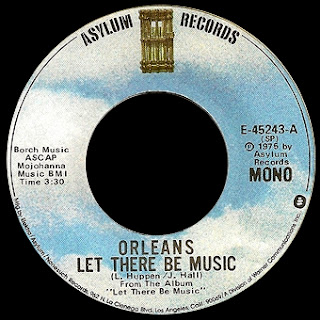Originally recorded during the sessions for the band’s second album, “Desperado,” it was shelved because, although the song’s subject had a rebellious side, it did not fit the outlaw theme of that particular album. When sessions for “On the Border” were initiated, the band resurrected “James Dean” – at least the song that is.
James Dean, the man not the song, had become legendary despite his starring roles in only three motion pictures. Two events were primary in Dean becoming a cultural icon for a generation: his role of the troubled Jim Stark in “Rebel without a Cause,” with which many teens identified, and his premature death as a result of an automobile accident while driving his Porsche Spyder. The Eagles’ lyrics refer to both of these:
“You were the low-down rebel if there ever was, even if you had no cause” andWhile Bernie Leadon played the lead guitar on the cut, Glenn Frey was lead singer. I had a chance to meet Frey when he was opening for Tina Turner in 1985. He was a lot of fun. Backstage, I was wearing my Y-94 station baseball jacket with my name sewn on the front. Radio jocks and programmers from three markets were present.
“Along came a Spyder and picked up a rider; took him down the road to eternity.”
Frey immediately said to me, “Jim, how are you doing?” And then he gave me a big man hug and whispered to me, “I saw your name on your jacket – let’s make these other radio guys think we’re long lost friends.” He then proceeded to do a little dance with me. That’s depicted below and is the only picture I have with Glenn. He’s a fun guy and provided me a great memory for the rest of my life.
“James Dean,” while an album radio cut, was not successful as a single and only charted at #77 in 1974. It was one of the minor hits for the band that had been preceded by two other songs that failed to make the Top 40: “Tequila Sunrise” and “Outlaw Man,” but were well known otherwise. “Already Gone,” which peaked at #32, acted as a Top 40 buffer between these under-performing singles. “James Dean” would be the last single to fail to make a solid dent in the pop charts for the next six years.
































